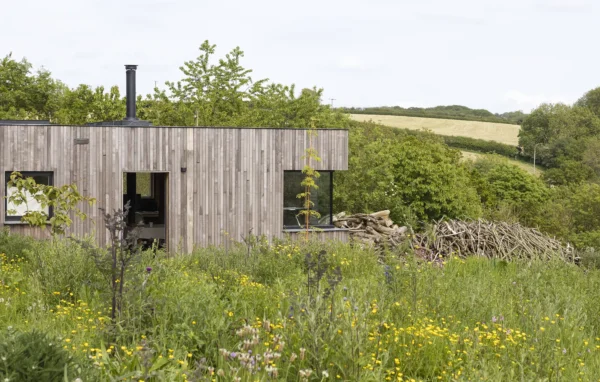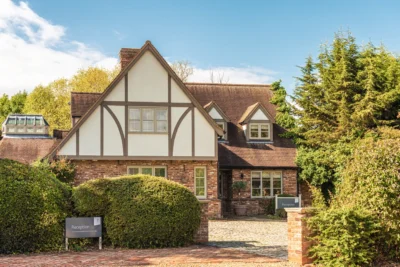The new Construction and Design Management (CDM 2015) regs introduced in April are keeping self-builders and industry providers on their toes. With my position on the National Custom & Self-Build Association’s executive committee, I’ve become the ‘go-to’ person for all things CDM, so I’ve been investigating the revised rules.
The new regs have brought domestic clients (ie self-builders, custom builders and some extenders) into the realm of projects notifiable to the Health & Safety Executive (HSE). Unsurprisingly, people are worried about getting it wrong and being prosecuted. Most concerns focus on CDM responsibilities where multiple contractors and suppliers are involved. Here’s how things work under the new regime:
If you’re using an architect or designer then you can nominate them as your principal designer (PD). By doing their job, under Regulations 9-11 of CDM 2015, they’ll be deemed to be taking care of your health and safety (H&S) responsibilities, too.
Similarly, if you’re using a main contractor or general builder, you can appoint them as your principal contractor (PC). If they do their job under Regulations 13 and 14, they’ll also be deemed to be doing yours. So all you have to do is nominate the right person.
The grey area is where individuals project manage their scheme, for example if they call in a timber frame company or a shell build from a contractor but use individual trades for the rest of the work. In this case, you need to consider who is in a position to coordinate everything on site.
If you’re project managing, then you will have to take on that PC role because you’re the only one who is in control throughout the build. The obvious obstacle here is that the average self-builder is unlikely to be fully conversant with H&S in construction, so how can they be expected to ensure compliance without undertaking expensive courses?
The HSE tells me that they have no extra resources to deal with homeowners and that the inspection regime on small domestic projects will be unchanged. I’d say you’re unlikely to get a visit from a representative unless you’re doing something so blatantly dangerous someone feels compelled to inform them.
All the HSE is looking for is that small developers and self-builders consider the implications of site safety. It’s not the responsibility of the self-builder to closely supervise the trades – they should all know what they are doing regarding H&S in their area. Your job is to coordinate work safely on site.
Get a free copy of The Absolutely Essential H&S Toolkit and assess how you’re addressing each area in it. You can then plan how to eliminate, reduce or control any identified risks. Don’t think in terms of how to protect yourself from prosecution, because in all probability they won’t be looking at you. Rather, think about how you can deliver a hazard-free project where everyone goes home safely at the end of the day.


































































































 Login/register to save Article for later
Login/register to save Article for later












